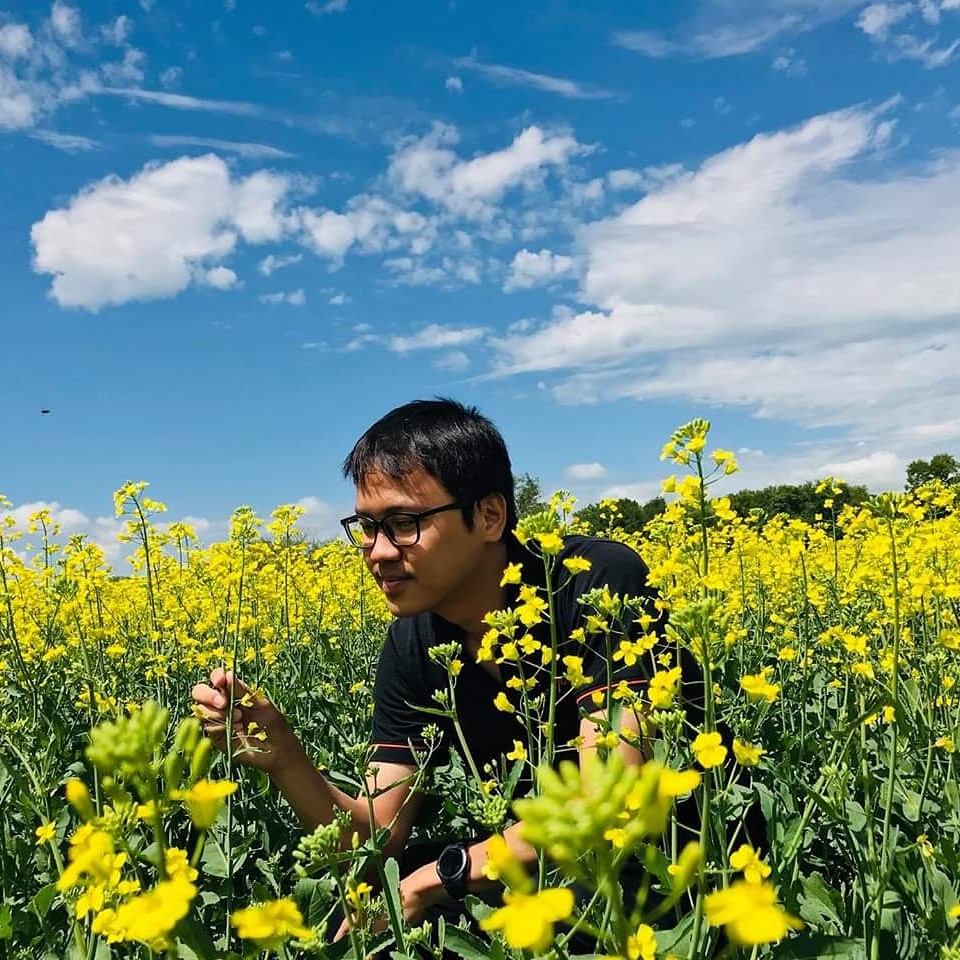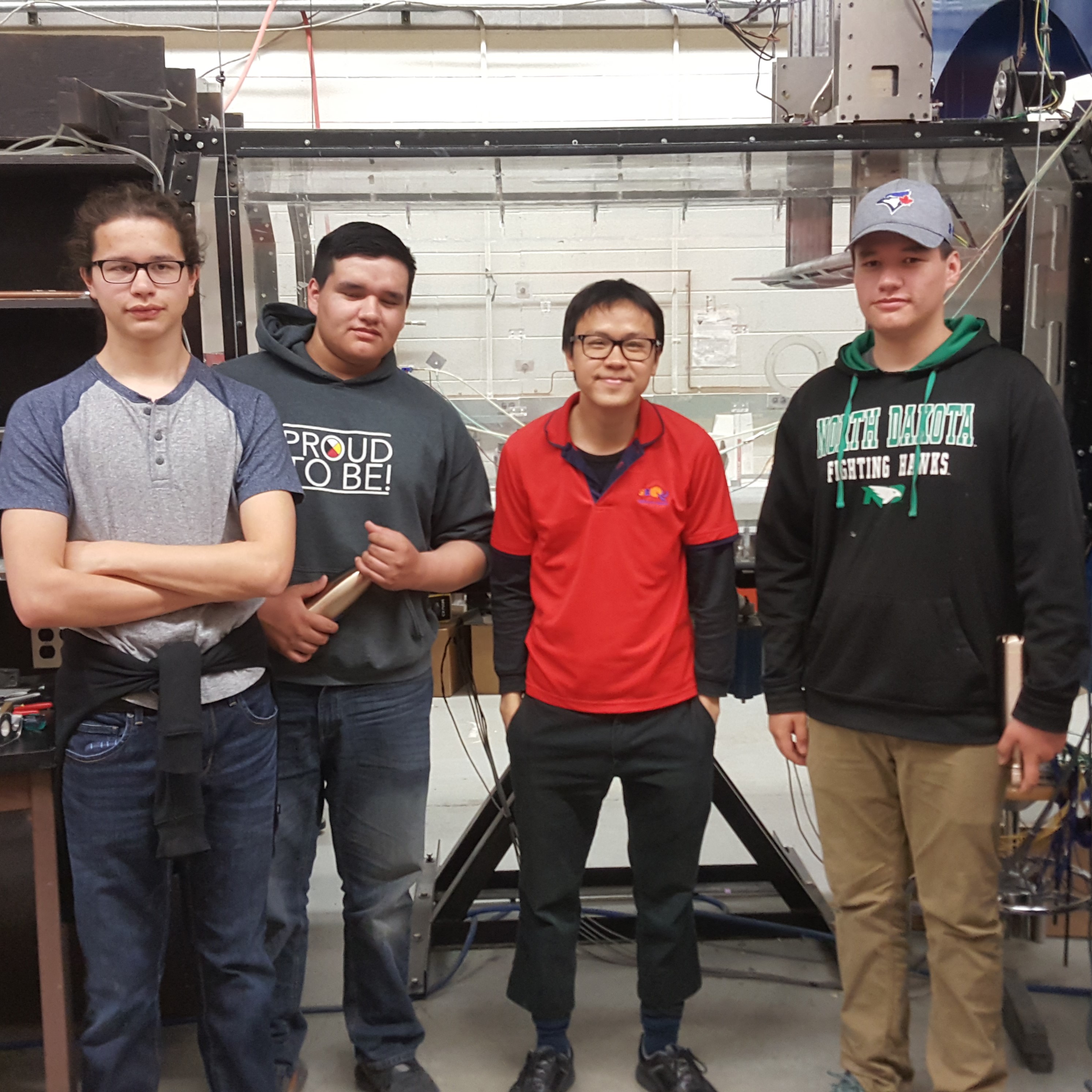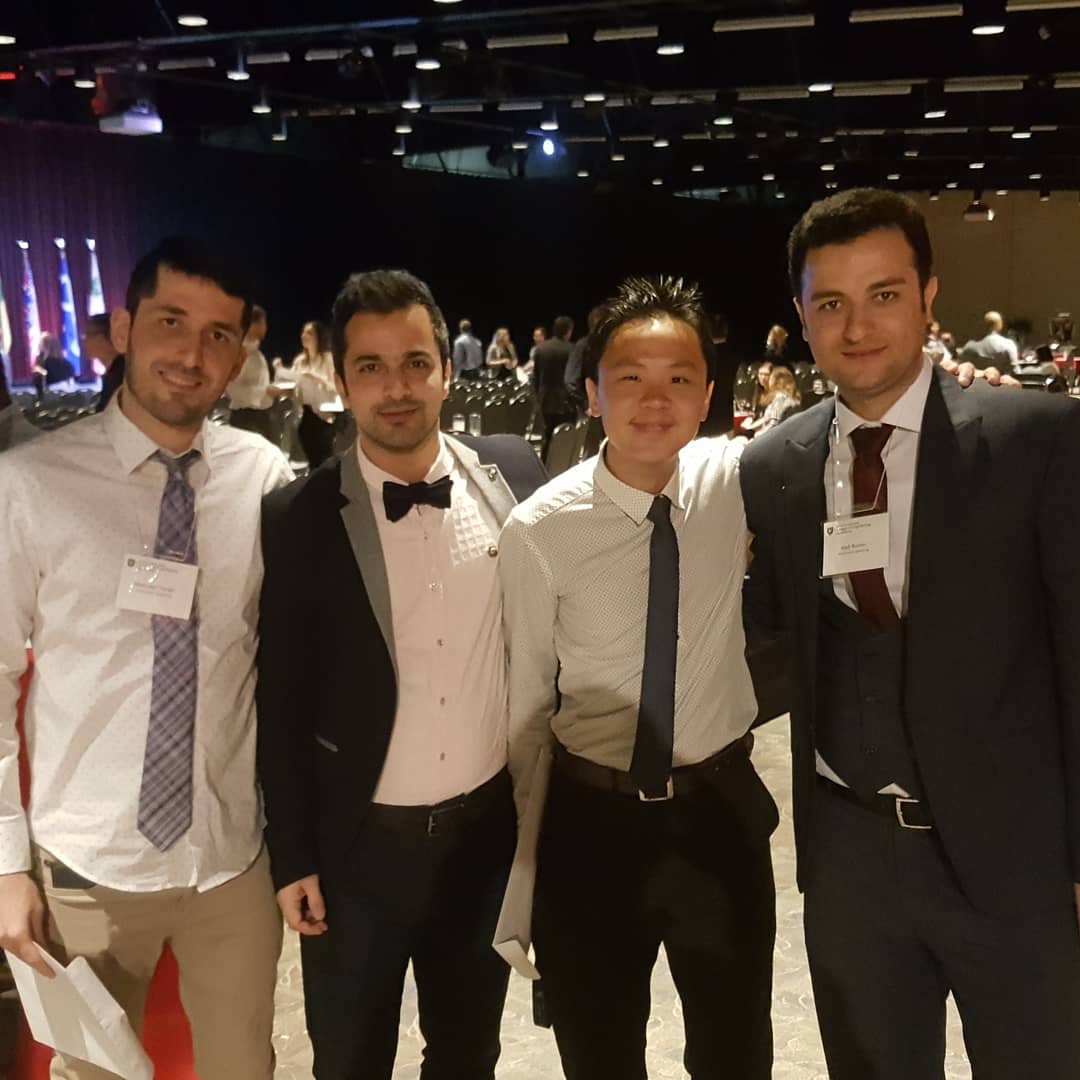Master's Degree (M.Sc.) in Mechanical Engineering
Awarded By: University of Saskatchewan
University of Saskatchewan (U of S) is a part of the U15 group in Canada who is committed to research excellence. My main focus of this degree is research on experimental fluid mechanics, and the research was complemented with knowledge gained from several graduate courses in fluid mechanics and thermal sciences.
U of S is located in Saskatoon, the most populated city in the province of Saskatchewan, which is part of the Canadian prairies. Saskatoon is on the Treaty 6 Territory of Canada and the Homeland of the Métis. It is common for residents living in this city to acknowledge the First Nations and Métis ancestors of this place. The land acknowledge used by the U of S is as follows:
"As we gather here today, we acknowledge we are on Treaty 6 Territory and the Homeland of the Métis. We pay our respect to the First Nations and Métis ancestors of this place and reaffirm our relationship with one another."



Thesis
Thesis Title: Experimental investigation on the flow around surface-mounted finite-height square prisms
My major work throughout my master's degree is research of experimental fluid mechanics, specifically on bluff-body aerodynamics. This research investigated the effect of wind directions, structural dimensions, and incoming wind turbulence intensity on the aerodynamics properties of square prisms.
This thesis was supervised by Prof. David Sumner, and its associated work was greatly assisted by Shawn Reinink and Hayden Reitenbach.
Courses Taken
Technical Courses:
❓ Quick Fact: Why do engineers learn numerical methods? Well, in the real world, analytical solutions are almost impossible. While analytical solutions return exact values, the assumptions used are often ideal. Numerical solutions on the other hand, despite introducing errors, can handle more complex cases such as geometries with irregular shapes.
❓ Quick Fact: What is statistical thermodynamics? It sounds like a combination of statistics and thermodynamics, doesn't it? In simple terms, these studies predict the thermodynamics properties of a system based on probability. By using the concepts of probability, it can determine what is the most probable state of a system, and the properties of the system can be analyzed based on this most probable state.
❓ Quick Fact: How is bluff-body research related to our daily life? Almost everything around us is a bluff body. Buildings, automobiles, bridges, and even our bodies are certainly not streamlined. Even a streamlined body can turn into a bluff body at different incidence angles. Therefore, the bluff-body aerodynamic research can be related to many other research fields like building science, bioengineering, thermal systems and even sports!
❓ Quick Fact: Are aerofoils the same as wings? In engineering, they are different. An aerofoil is considered to be a two-dimensional body due to its sufficiently large slenderness. A pair of wings is treated as a three-dimensional body. It has a definite value of span and therefore there is a free-end effect to be considered in the aerodynamic analysis. Of course, in the real world, wings are more practical due to their three-dimensional effect. However, in order to master an advanced concept, engineers often need to refer to its most fundamental concepts in advance.
❓ Quick Fact: Why are statistical methods often essential in social science? In engineering, it is common to apply formulae to generalize a concept (e.g. Force = mass x acceleration), i.e. force always depends on mass and acceleration of an object. But how can we generalize humans with different behaviours? Therefore, social science research requires statistical approaches (often with a large sample size) in order to conclude the effect of a studied parameter. For example:
- Does language proficiency depend on age?
- Does gender affect mental health problems?
- Do young students learn better if compliments are given?
Professional Courses:
Special Attachement
Project Title: Waste Prediction and Life Cycle Assessment of Wind Turbine Blades in Canada
During the 2nd year of my M.Sc. degree, I was fortunate to be funded by Mitacs Canada to participate in a research exchange program with the University of Nottingham in the UK.
The research predicted the cumulative wind turbine blade waste until 2050 in Canada due to the rapid development of wind power and assessed their waste management strategies. While the wind power is a clean energy technology, it introduces waste especially during the decommissioning and waste management process. A long-term forecast on the waste due to the wind power sector is needed for each provincial government to plan for their renewable energy policies and waste management programs.
My life at the U of S
Personally, I think Saskatoon offers a perfect study environment. Being relatively less populated compared to other major cities in Canada, the city offers some benefits, from shorter transit time between home and the campus to having more sense of community. Of course, the views in the prairie during the summer are also stunning, if you are someone who sometimes values a quiet space 😉
Living in the prairie has helped me learn more about the First Nations, which is part of the indigenous people in Canada. Besides visiting their forest on their Treaty Day, I also had the opportunity to introduce Engineering studies to some First Nations high school students. This city is small but vibrant with many young students, including international students coming from about 130 countries.


